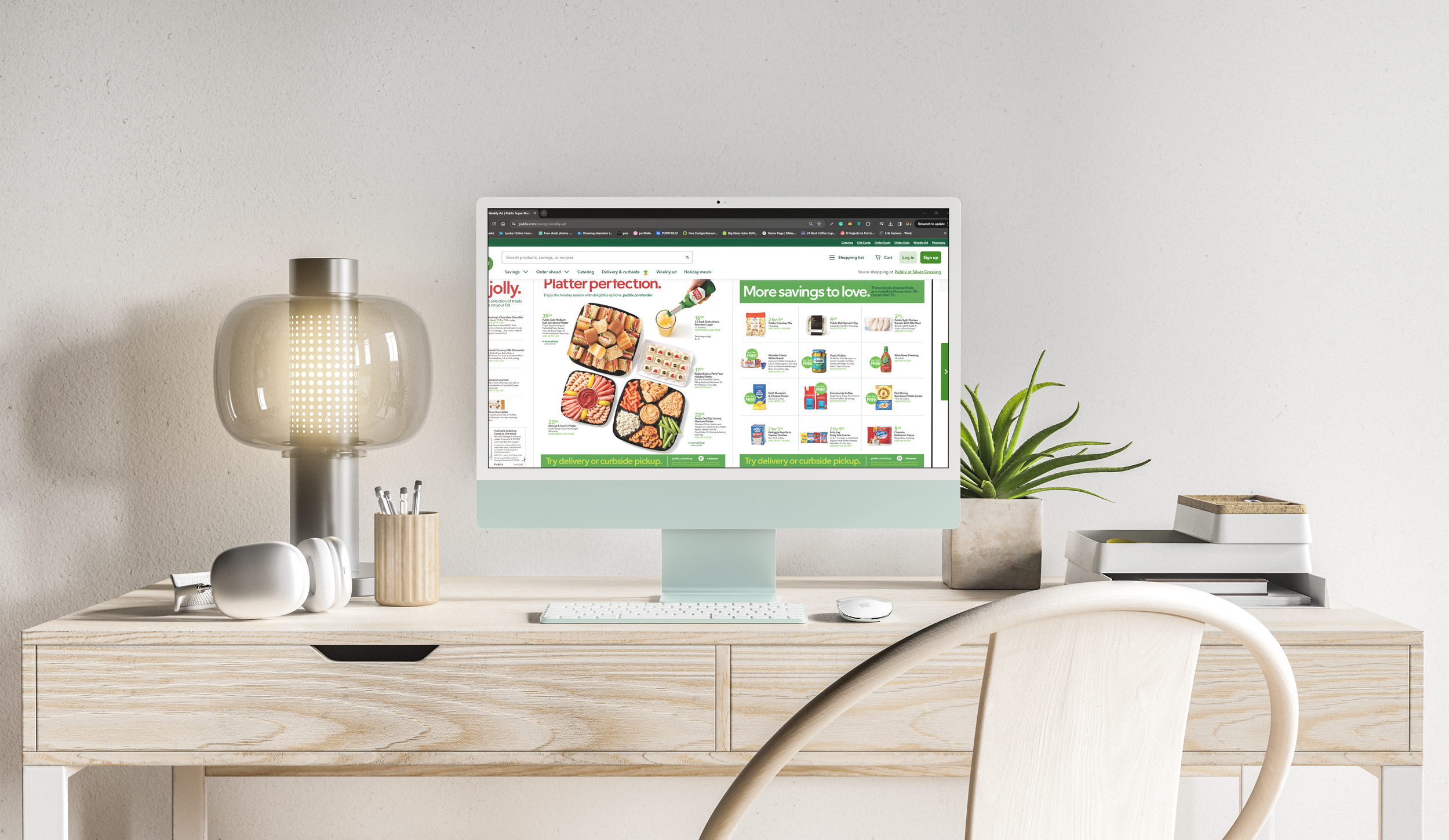When it comes to convenience, disposable cups are a go-to option for everything from enjoying a hot coffee on the go to serving drinks at parties or events. But have you ever wondered how these handy products are made? The manufacturing process of disposable cups is both fascinating and intricate, as it involves a variety of materials and steps to ensure quality and functionality. In this post, we’ll take a closer look at how disposable cups are manufactured, with a special focus on the role of TrustPrints in ensuring the production of high-quality, reliable cups.
The Basics of Disposable Cups
Before diving into the manufacturing process, it’s essential to understand what disposable cups are made from. Most disposable cups are crafted from paper, plastic, or foam, with paper cups being among the most common due to their recyclability and eco-friendliness. Some disposable cups are lined with a thin layer of plastic to make them waterproof, allowing them to hold liquids without leaking.
With environmental concerns on the rise, many manufacturers are moving toward using more sustainable materials, including biodegradable and compostable options. Companies like TrustPrints are increasingly focused on providing products that meet consumer demand for eco-friendly alternatives.
Step 1: Material Selection
The first step in manufacturing disposable cups is choosing the right materials. Most disposable cups are made from paperboard, a sturdy type of paper with a smooth surface. Paperboard is typically coated with a thin layer of polyethylene to create a barrier that prevents liquids from soaking through. In the case of foam cups, manufacturers use polystyrene foam, which is lightweight and insulating, perfect for hot drinks.
While plastic and foam cups remain popular, there’s a growing push toward sustainability. Companies like TrustPrints are investing in alternative materials like PLA (Polylactic Acid), a biodegradable plastic made from corn starch or sugarcane. These cups break down more quickly than traditional plastic, reducing their impact on the environment.
Step 2: Manufacturing the Cup Blank
Once the material has been chosen, the next step in the process is forming the cup blank, which is essentially a flat, cut-out sheet of the material that will eventually become the cup. For paper cups, the paperboard is rolled into large sheets, and each sheet is printed with a design or branding if needed. Companies like TrustPrints often print logos or custom designs on disposable cups during this stage, helping businesses add their unique branding to each product.
The printed sheets are then cut into specific shapes using a machine called a die cutter, which ensures the pieces are precisely the right size for forming cups. This is where manufacturers can get creative—whether they’re printing vibrant designs or customizing cups for special events, it’s the stage where personalization can be introduced.
Step 3: Cup Forming
After the cup blanks are prepared, the next stage is forming them into actual cups. This is typically done using an automated process in a cup forming machine. For paper cups, the die-cut sheets are fed into the machine, where they’re rolled into a cylindrical shape and the edges are sealed. The seam is welded together using heat or adhesive, ensuring the cup holds its shape.
Once the cup is formed, it is then shaped further to include a rolled lip at the top. This lip not only adds structural integrity but also makes the cup easier to handle, especially when it’s holding hot liquids like coffee or tea. For foam cups, the process is similar, except the material is expanded using heat, making the cups lighter and insulating.
Step 4: Adding the Coating
For cups that need to hold liquids, like coffee or soda, the next step is adding a coating. This is particularly important for paper cups, which need to be coated with a layer of polyethylene to make them waterproof. Without this coating, the paper would absorb the liquid and weaken the structure of the cup. The coating is applied in a continuous process during cup formation, ensuring an even layer that prevents leaks.
Some manufacturers, such as TrustPrints, are exploring more eco-friendly alternatives to polyethylene, such as water-based coatings or biodegradable options. These innovations help reduce the environmental impact of disposable cups while still maintaining the necessary functionality.
Step 5: Quality Control and Testing
After the cups are formed and coated, they go through a rigorous quality control process. The cups are inspected for defects, such as tears, leaks, or incorrect shapes. Machines equipped with cameras and sensors can detect flaws during production, ensuring that only the best products reach consumers.
In addition to visual inspections, many disposable cups undergo stress testing to ensure they can handle the pressure of holding hot or cold liquids. For instance, paper cups are tested for the strength of their seals to prevent leaks. This step is critical for maintaining the reputation of brands like TrustPrints, which pride themselves on producing reliable, high-quality disposable cups.
Step 6: Packaging and Distribution
Once the cups pass all quality checks, they are ready for packaging. Disposable cups are typically stacked in large quantities, sealed in plastic wrapping, and placed in cartons for shipping. Some manufacturers like TrustPrints offer custom packaging options, allowing businesses to receive their cups in bulk or with personalized packaging for retail.
From here, the cups are distributed to retailers, wholesalers, or directly to customers, ready for use at events, restaurants, cafes, or in the comfort of your home.
The Role of TrustPrints in Disposable Cup Manufacturing
In the ever-evolving market for disposable cups, TrustPrints stands out by emphasizing sustainability, customization, and quality. Whether you’re looking for eco-friendly cups made from biodegradable materials or customized designs to showcase your brand, TrustPrints plays a pivotal role in providing high-quality disposable cups that meet the diverse needs of businesses and consumers alike.
By choosing to work with companies like TrustPrints, consumers can feel confident knowing they’re using products manufactured with attention to detail and a commitment to reducing environmental impact.
Conclusion
The process of manufacturing disposable cups is a combination of precision, innovation, and sustainability. From the careful selection of materials to the advanced machinery used in forming and coating the cups, every step plays a role in creating a functional, reliable product. Brands like TrustPrints are paving the way toward more sustainable and customizable disposable cup solutions, ensuring that consumers can enjoy their beverages with peace of mind.
As demand for eco-friendly alternatives grows, the future of disposable cup manufacturing looks promising, with continued advancements in materials and processes that benefit both the environment and the consumer. Whether you’re sipping your favorite beverage or hosting a large event, disposable cups are sure to remain a staple—thanks to the dedication of manufacturers like TrustPrints ensuring the highest quality standards are met every step of the way.



